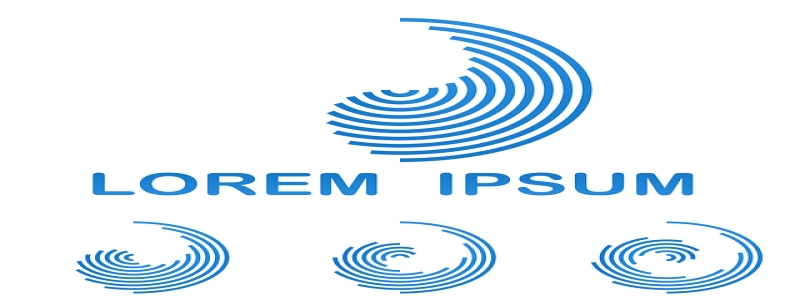UVA, UVB, UVC Wavelengths: Understanding the Different Types of Ultraviolet Radiation
Introduktion:
Ultraviolet (UV) radiation is a type of electromagnetic radiation that is emitted by the sun and various artificial sources. It is invisible to the naked eye but is known to have harmful effects on living organisms, including humans. I denne artikel, we will explore the different types of UV radiation, namely UVA, UVB, and UVC wavelengths, and discuss their characteristics and potential impacts.
jeg. UVA Wavelength:
A. Definition and Characteristics:
UVA radiation possesses the longest wavelength among the three types, ranging from 320 to 400 nanometers (nm). It is typically categorized as being in the \”long-wave\” UV section.
B. Penetrative Ability:
UVA rays have a high penetration capacity and can reach the deeper layers of the skin, causing various long-term effects.
C. Potential Effects:
1. Skin Aging: UVA radiation is mainly responsible for premature skin aging, including wrinkles, fine lines, and age spots.
2. Skin Cancer: Although UVA rays are less likely to cause immediate sunburn, they can still contribute to the development of skin cancer, including melanoma.
II. UVB Wavelength:
A. Definition and Characteristics:
UVB radiation has a shorter wavelength compared to UVA, ranging from 280 to 320 nm. It falls into the \”middle-wave\” UV range.
B. Penetrative Ability:
UVB rays have a moderate penetration capacity and primarily affect the outer layer of the skin, resulting in visible sunburn.
C. Potential Effects:
1. Sunburn: UVB radiation is the primary cause of sunburn, resulting in redness, peeling, and discomfort.
2. Skin Cancer: Prolonged exposure to UVB rays increases the risk of developing various forms of skin cancer, including basal cell carcinoma and squamous cell carcinoma.
III. UVC Wavelength:
A. Definition and Characteristics:
UVC radiation possesses the shortest wavelength, ranging from 100 to 280 nm. It is often referred to as \”short-wave\” UV radiation.
B. Penetrative Ability:
UVC rays have the lowest penetration capacity and are mostly absorbed by the Earth’s atmosphere, primarily the ozone layer.
C. Potential Effects:
1. Disinfection: UVC radiation is commonly used for disinfection purposes, as it has the ability to destroy microorganisms, such as bacteria and viruses.
2. Limited Human Impact: Due to the high absorption rates by the atmosphere, UVC rays have minimal direct effects on human health, as they rarely reach the Earth’s surface.
Konklusion:
Understanding the different types of UV radiation and their unique characteristics is crucial for protecting ourselves from its harmful effects. While all forms of UV radiation can have consequences, it is essential to be particularly cautious about prolonged exposure to UVA and UVB rays. Taking precautionary measures such as using sunscreens with broad-spectrum protection, wearing protective clothing, and seeking shade can help minimize the risk of sun damage and potential long-term health issues associated with UV radiation.








